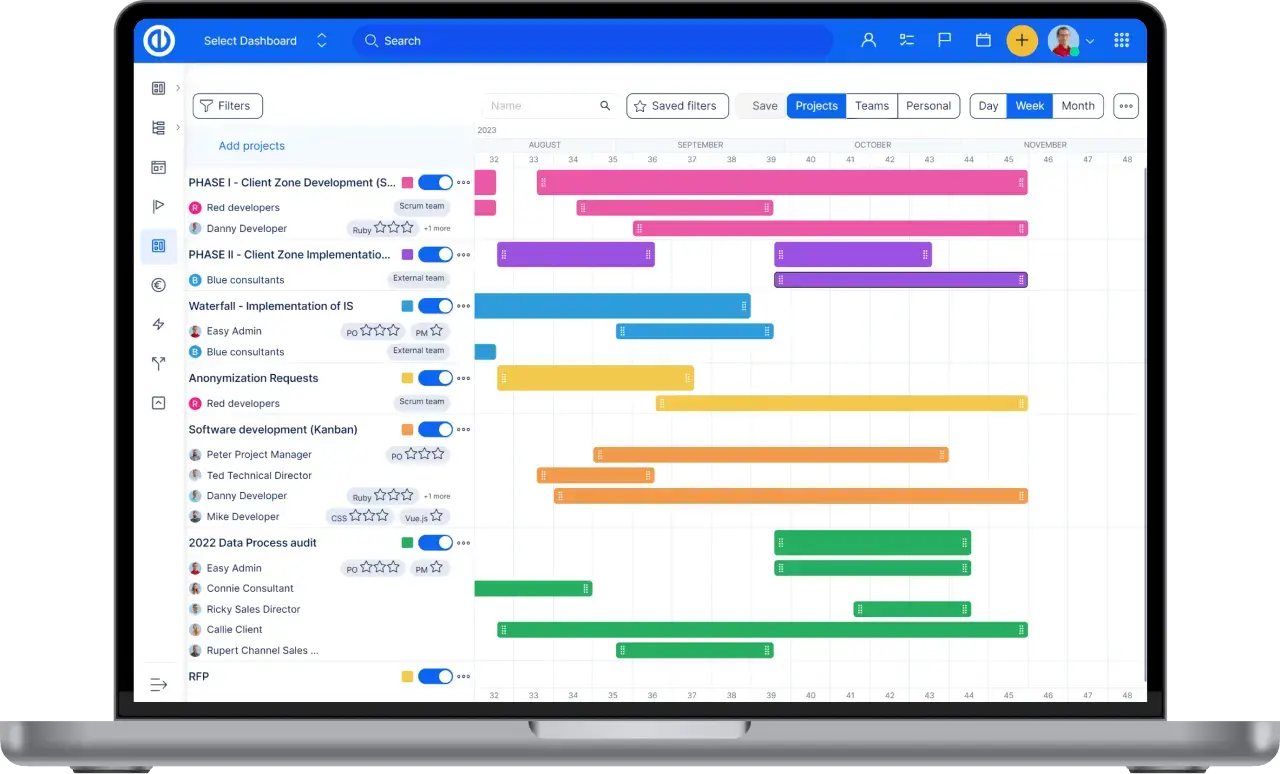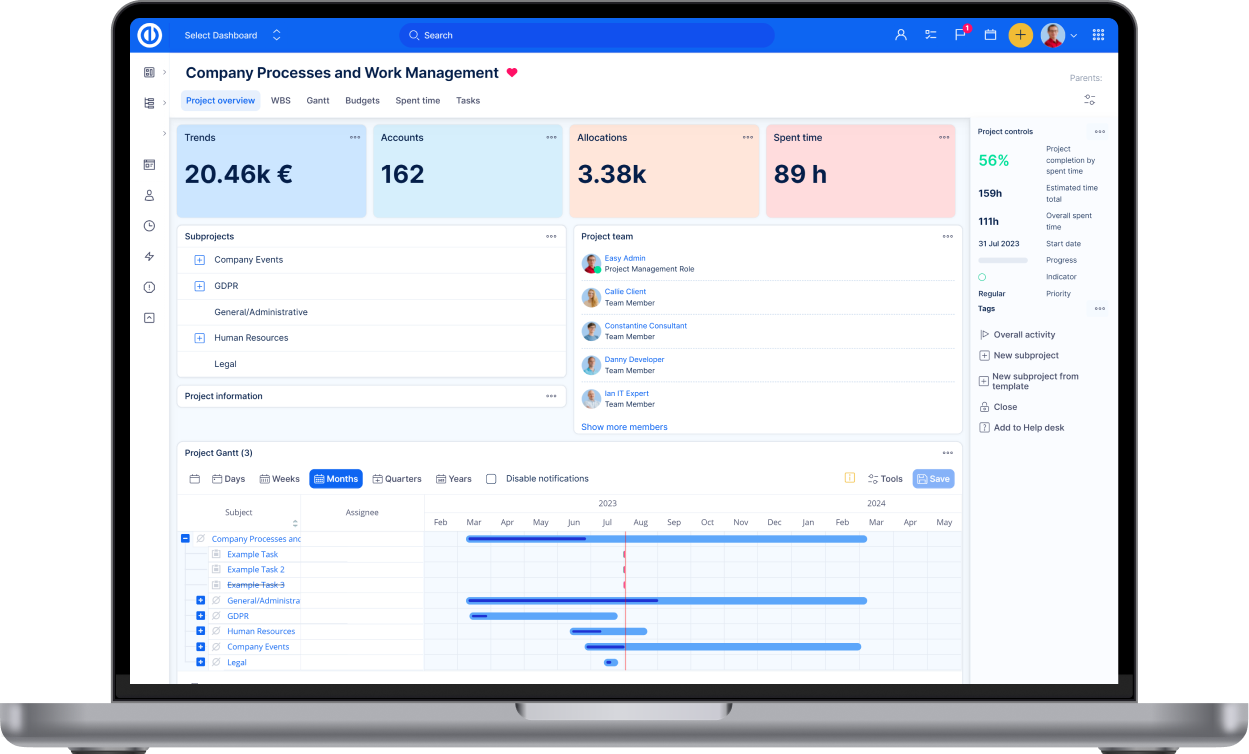Start That Project or Not? How to Find Out a Project’s Financial Potential Thanks to Cost Analysis
Woody Allen once said: “Money is better than poverty, if only for financial reasons.” When it comes to the profitability of your projects, all humor should be put aside, but you may stick with Allen’s statement to some extent.

To make it worthwhile to invest time and energy in a project, you have to be sure that it will not only be nice but will also bring a profit. And a cost analysis will help you ensure that right from the start.
What Is a Cost Analysis and Why You Should Do It
To put it briefly, it is a comparison of project costs and revenues that the project will bring to the company after its successful delivery. It will come in handy, especially for small and medium-sized projects, which do not take too long to complete.
To make sure that you maintain healthy cashflow, you have to think both about the earnings and the return period. (In order to avoid going bankrupt while you wait for the invoices to be paid - be careful to set the due date properly!)
To put it briefly: the main benefit of cost analysis in project management is that you gain a systemic approach with which you can determine:
- Whether a project is financially healthy, defendable, and feasible and under what conditions,
- Mutual comparison of projects’ financial potential, which will help you make decisions on project portfolio.
When to Perform Cost Analysis
Naturally before you give the team the green light. But beware - as the project is constantly evolving, you should update the analysis regularly. Especially if you manage the project using the agile method and new tasks and outputs are lining up on the way to the final product.
In this case, it is quite possible that the result of the analysis will fluctuate. Therefore, set a limit (in percent) to define what is just a deviation in the calculations during the regular check and when it is already a warning sign that something is wrong.
To make sure that your project is as financially healthy as possible already during the preparations phase, use the financial management tools – proceed according to these five steps, incl. cost analysis.
- Prepare a Work Breakdown Structure – in order to prepare meaningful financial planning for your project, you must first know what the project consists of. Therefore, convene your team, make a fair WBS (Work Breakdown Structure) and divide the large project into several smaller deliveries.
- Prepare a Cost Breakdown Structure – thanks to CBS (Cost Breakdown Structure), you can see and manage project financing in Easy Projects, incl. specific tasks, directly from the perspective of the mind map you created in the previous step.
- Prepare the Project Budget – here you can see the detailed relation between and potential revenues, thanks to which you can either submit the budget to the management for approval, or discuss your concerns about the works’ return and modify/reject the project.
- Has your project analysis worked out excellently? Congratulations! You may now start preparing the price offer for the client.
- Once the price is approved, you can start working on the project. Then comes the continuous gradual monitoring of project financing and subsequent update of analysis in the course of sprints.
What About the Exceptions?
There are some. For some projects, it is clear at the beginning of the financial planning that expenses will exceed revenues significantly. In reality, however, even a loss-making project may be viewed as an investment - especially if we look at it in terms of a long-term strategy.
For example, creative agencies usually work for various non-profit organizations or charities for a symbolic sum or pro bono, but the projects may help improve the image and create a memorable and powerful creative. This may then bring new clients to the agency.
Tenders are a good example – the client often sets very tight deadlines. As a competent project manager, you have to find resources quickly and do a flash project. The reward for participating in the tender is usually symbolic (or even none) and the "tender" itself is thus highly disadvantageous from the point of view of cost analysis.
However, when you beat the competition with your ideas and solutions, you get not only a new source of finance but also opportunities for business growth and all team members.
Summary
A cost-benefit analysis should be one of the five steps necessary for the project’s financial health. A skilled project manager is not only the "executor of the assignment", but thinks about the financial and strategic benefits of the project even before the work begins.
To prepare an honest, data-based analysis, it is easiest and most efficient to use interconnected project management tools - especially WBS and CBS. Even if the analysis turns out well for your project, it needs to be repeated and updated, especially for projects managed using the agile method.

Find out whether it pays off to do a project? Easy.
Get all powerful tools for perfect project planning, management, and control in one software.
